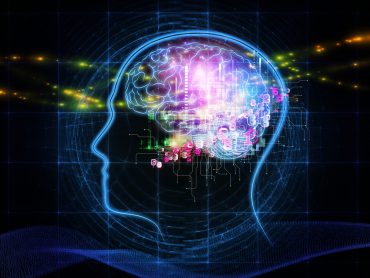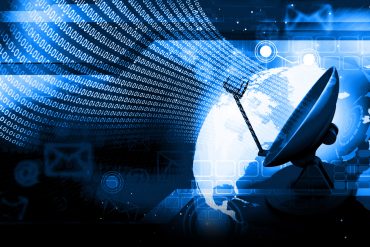
An AIOps solution can look at the aggregated data to detect patterns from work-from-home environments and predict problems before they arise and cause disruption to employee productivity.
There are just so many times you can punt the ball down the field before you must take action. That seems to be the case with the way businesses are supporting their remote workforces. Most have been holding onto stopgap IT support measures based on legacy approaches, hoping the impact of the pandemic will end. But increasingly, they are finding remote and hybrid work models are now the norm for the foreseeable future, and they need new tools and techniques and especially ones based on AIOps.
Featured Resource: AIOps Gets Real - 5 Proven Business Cases for Success (eBook)Scope of the problem and why IT needs help
At each point over the last two years, when it appeared we were poised to get back to normal, with an associated return to the office push, a new Covid wave has dashed plans.
The shift to working from home once the pandemic started was dramatic and remains in force today in many companies. For example, 5.7 million employees (4.1% of the U.S. employee workforce) telecommuted half-time or more before the pandemic, according to Global Workplace Analytics. That shot up to 69% of U.S. employees working remotely at the peak of the pandemic.
As the vaccine became widely available, those peak numbers came down. As reported by Time, a Willis Towers Watson survey of 543 employers showed, on average, 34% of remote-capable employees remain remote. Many expected more workers would return to the office early this year, but the survey was conducted before omicron surfaced.
Whatever the number, we’re well above pre-pandemic levels. From an IT perspective, it is not just the sheer number of users, it’s the complexity of the home worker environment that is contributing to their workload.
During all of this period, many businesses quickly provided employees with hardware, software, and connectivity services, all of which needed to be managed. When a problem occurs, the complexity of the remote environment makes it hard to identify root causes and remedies.
Take a typical example. An executive is on an important Zoom meeting with investors, or the head of sales is doing a product demonstration via a Microsoft Teams meeting for a major client. In either case, if the session quality is poor, IT must quickly figure out is it:
- a problem with the broadband service
- the user is too far away from the home router
- too many other people in the house are consuming valuable bandwidth
- laptop resources are scarce running other applications
- the cloud service hosting the meeting is oversubscribed
- or something else.
Every one of these elements may generate alerts, logs, traces, and other data that might help get to the heart of the problem. The problem is that the volume of data from so many disparate and siloed systems is hard to assimilate and analyze.
Featured Resource: AIOps Gets Real - 5 Proven Business Cases for Success (eBook)Enter AIOps
An AIOps platform helps IT teams handle increased and increasingly dissimilar data caused by the shift to remote and hybrid work models. AIOps uses intelligent algorithms that ingest large volumes of data with varying properties and from disparate sources and automates its analysis.
Additionally, an AIOps solution can look at the aggregated data to detect patterns and predict problems before they arise and cause disruption to employee productivity. And, if there is a service-impacting incident, AIOps helps IT teams quickly identify the root cause and determine a fix to reduce mean time to remediation (MTTR).






